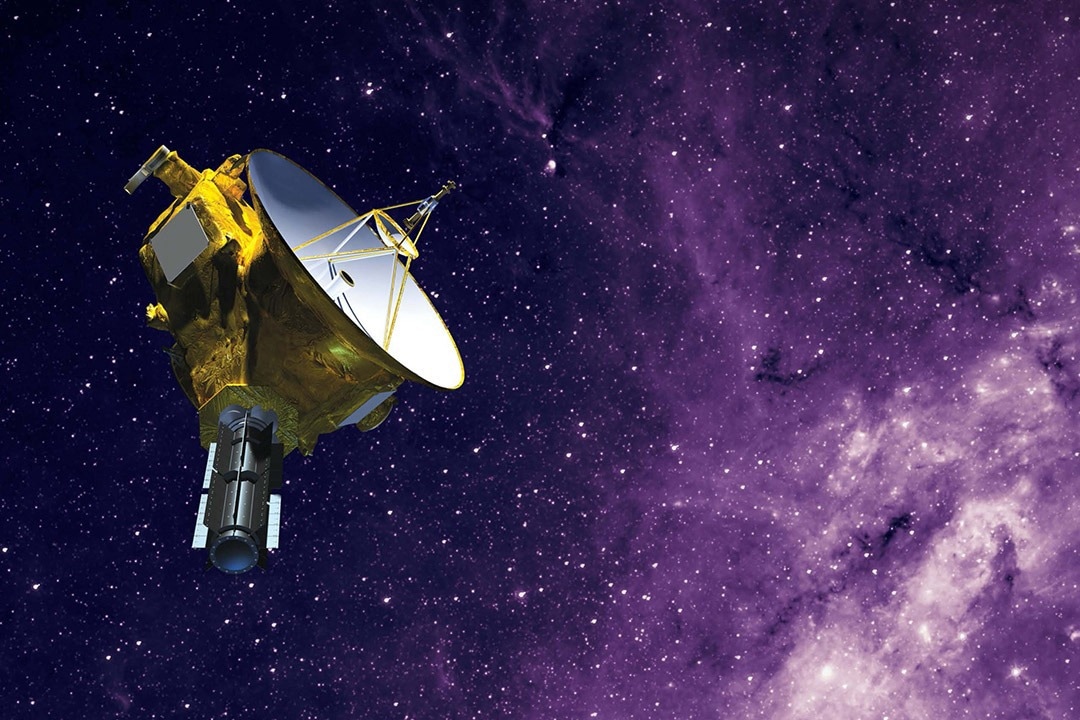New measurements examined by researchers have shown that the light emitted by stars outside the galaxy is two to three times brighter compared to the light that has been emitted from familiar populations of galaxies.
 Artist's impression of NASA's New Horizons spacecraft. Image Credit: NASA/APL/SwRI and NASA/JPL-Caltech.
Artist's impression of NASA's New Horizons spacecraft. Image Credit: NASA/APL/SwRI and NASA/JPL-Caltech.
Hard assumptions regarding the number and environment of stars are made in the universe. The outcomes of the study headed by scientists at Rochester Institute of Technology have been posted to ArXiv and recognized for publication in The Astrophysical Journal.
The research group examined hundreds of images of background light taken by the Long-Range Reconnaissance Imager (LORRI) on NASA’s New Horizons mission to evaluate the cosmic optical background (COB)—the sum of light discharged by stars beyond the Milky Way over the universe’s history.
If the COB brightness fails to equal the light coming from known galaxies, it indicates there may be missing optical light sources present in the universe.
We see more light than we should see based on the populations of galaxies that we understand to exist and how much light we estimate they should produce. Determining what is producing that light could change our fundamental understanding of how the universe formed over time.
Teresa Symons, Study Lead and Postdoctoral Researcher, University of California Irvine
Earlier in 2022, an independent research group reported that the COB was twice as big as what was believed originally in the Astrophysical Journal Letters journal.
Those outcomes were no fluke, as corroborated with the help of a much broader set of LORRI observations in the new study performed by Symons, RIT Associate Professor Michael Zemcov, and scientists at the Jet Propulsion Laboratory at Caltech, UC Irvine, UC Berkeley, and Johns Hopkins University.
While a cloudless measurement of the COB seems to be hard to obtain from the Earth as a result of the dust between planets, the New Horizons spacecraft is present at the edge of the solar system where this foreground is the least and offers a much clearer view for this kind of study. The researchers believe that future missions and instruments could be developed to help examine the variance.
This has gotten to the point where it’s an actual mystery that needs to be solved. I hope that some of the experiments we’re involved in here at RIT including CIBER-2 and SPHEREx can help us resolve the discrepancy.
Micheal Zemcov, Research Professor, Center for Detectors and School of Physics and Astronomy, Rochester Institute of Technology